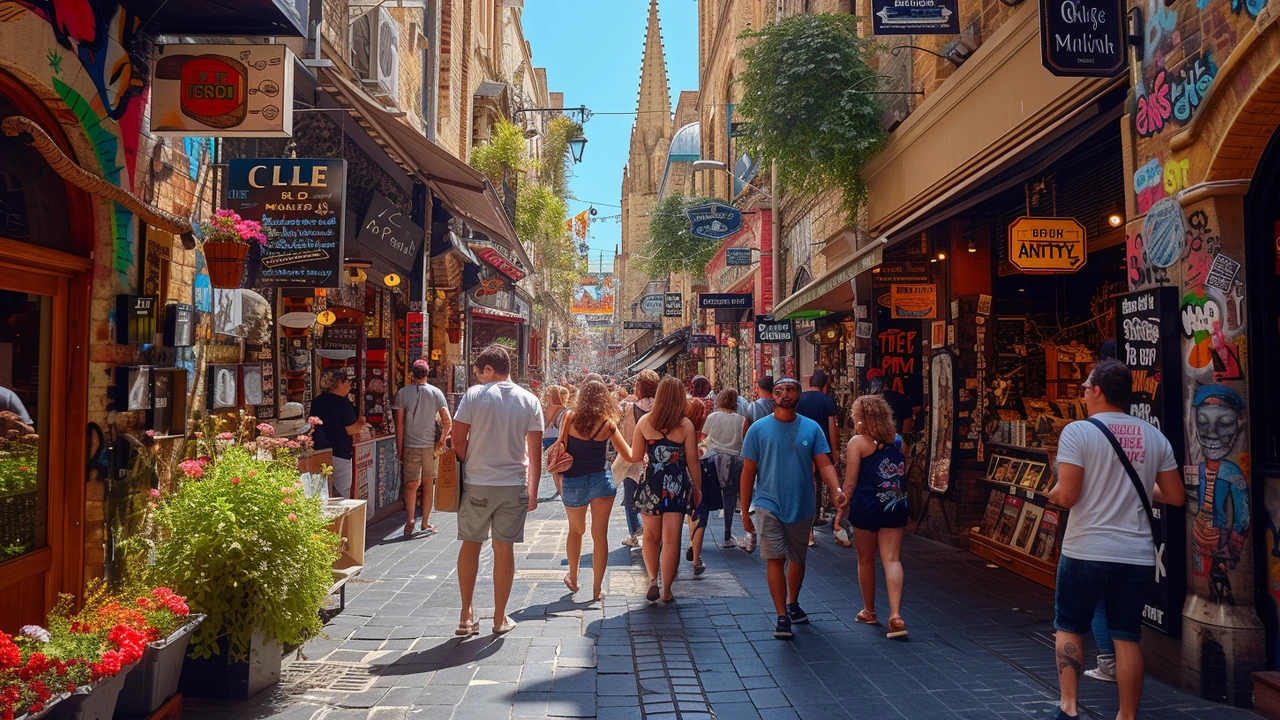Urban life
Urban life mixes design, art, and motion into a city you can read like a book. Streets show history, murals tell protests, and buildings hold choices that shape how people live. If you want to understand a city, look at three things: public art, building design, and how people use space.
Spotting Art
Public art is visible and hard to ignore. Murals, installations, and land art change blank walls into conversation starters. Read pieces like "Land Art’s Impact on Modern Urban Design" or "Installation Art: Evolution, Techniques and Famous Works" to see how artists transform parks and plazas. When you walk a neighborhood, ask: who funded this work? Is it temporary? What story does it tell? Those answers reveal politics, history, and local pride.
Architecture and design dictate daily rhythm. Movements like Bauhaus and Constructivism still shape storefronts, benches, and signage. Look for clean lines, practical forms, and repeated grids—De Stijl influence pops up in posters and transit maps too. Articles such as "Bauhaus Modernism" and "De Stijl's Impact on Graphic Design Evolution" explain how these ideas traveled from schools and studios into streets and subway stations.
Technology and imagination rework how cities breathe. Futurism ideas inform smart city tech: sensors, responsive lighting, and mobility hubs. Read "Futurism’s Impact on Smart Cities" to see examples that exist. When you spot a connected bike-share or adaptive streetlight, that’s art and design meeting data to make life smoother.
Want practical ways to experience urban art without planning a tour? First, take a camera walk for 30 minutes and focus on one block. Note materials—metal, tile, paint—then note how people interact with the piece. Second, visit a public plaza at two different times of day to see shifting uses. Third, follow arts groups on social channels; they post pop-up shows and temporary exhibitions quickly.
If you create work inspired by city life, try simple experiments. Paint a photorealistic street scene to study light and shadow, or build a mini installation that changes with weather. Use Constructivist color blocks to guide pedestrian flow in a model. These projects teach how form affects function in real spaces.
Get Involved
Don’t forget culture and history when you look at urban life. Neighborhoods carry stories—Harlem’s music and art shaped whole eras, and you can trace that by visiting historic venues or street markers. Go to a gallery opening or a community meeting about public art. Talk to vendors and residents; they’ll tell you why a mural matters. If you care about change, donate to or volunteer with groups that fund murals, park improvements, or youth art programs. Small actions help keep cities lively and creative. Start small and notice changes.
Ready to read more? Check posts on this tag: "Land Art’s Impact on Modern Urban Design," "Futurism’s Impact on Smart Cities," "Bauhaus Modernism," "Photorealism Art," and "Installation Art: Evolution, Techniques, and Famous Works." Each piece gives examples and visual cues you can spot on your next city walk.

